Ahead of World Elephant Day on August 12, we scour the city for interesting finds dedicated to the pachyderm
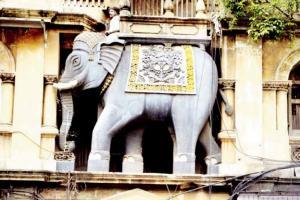
Hathi Building at Kalbadevi. Pic/Bipin Kokate
Hathi Building, Kalbadevi
In bustling Kalbadevi, Bhang Wadi or Hathi Building manages to grab your attention. It derives its name from stories of retail opium that was sold here in the 19th century. The giant Ambari motif doesn't greet you by the gates, but above them.
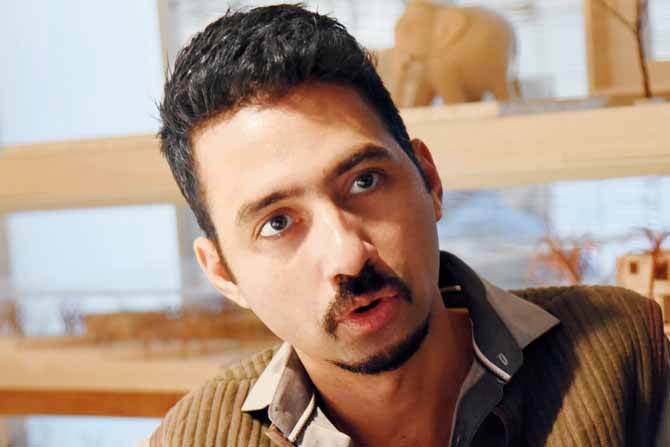
Kaiwan Mehta
ADVERTISEMENT
For architect and author of Alice in Bhuleshwar, Kaiwan Mehta, it may be in the mainstream but the presentation makes it unique. "The same motif in the form of a stuffed elephant was exhibited at the Grand Exhibition at the Crystal Palace in London in 1851," he says. Although the history behind the building remains unknown, the symbolism could also be tied in with the area's mercantile history. Bhuleshwar's traders were at the centre of Bombay's commercial movement. So, the elephant becomes indicative of royalty, Mehta explains.
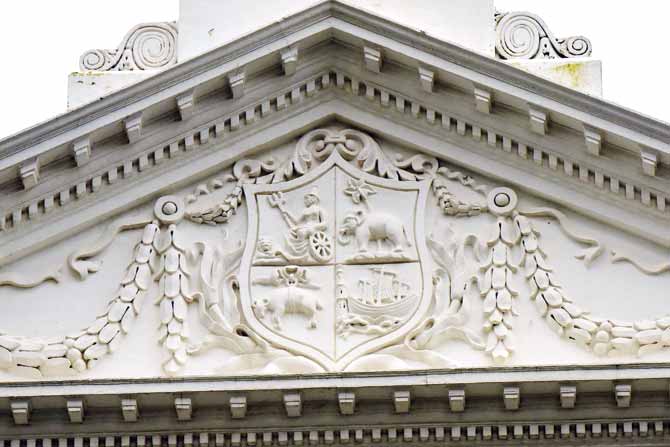
Standard Chartered Building, Fort
Standard Chartered Bank Building, Fort
The buff-coloured building was designed by FW Stevens and sculpted by Roscoe Mullins between 1898 and 1902. The bank's legacy can be traced to the Victorian Age in an effort to connect India with the world economy. The emblem represents the alliance between Britain, India, China and Australia with Britannia, an elephant under a palm tree, a trading ship and a sheep. The palm tree gives it an oriental vibe.

Laxmi Insurance Building, Fort. Pics/Suresh Karkera
Laxmi Insurance Building, Colaba
In the 1930s, Bombay came to be defined by the Art Deco style of architecture, with streamlining and nautical features. The Laxmi Insurance Building is one such example with a sculpture of goddess Laxmi above the clock. The bas-relief of an elephant stands at ground level while a row of elephants adorn the building's front facade.

In contrast to the Kalbadevi building, the Art Deco elements here epitomise Indianness, according to Mehta. "In the Art Deco period, there was a certain consciousness of what constitutes as Indian. Here, the elephant is guarding the entrance. It becomes representative of the city's cultural and natural heritage," he says.

Kettle from Kutch, 1931
Kettle, 1931, Kutch
Bhau Daji Lad Museum, Byculla
Between the 19th and 20th centuries, silver artifacts were in great demand, and produced in many provinces across the country. Kutch, was famous for its intricate floral designs. The spout of this kettle is in the shape of an elephant's trunk, with another small motif on the lid. These designs were also popular in the west.
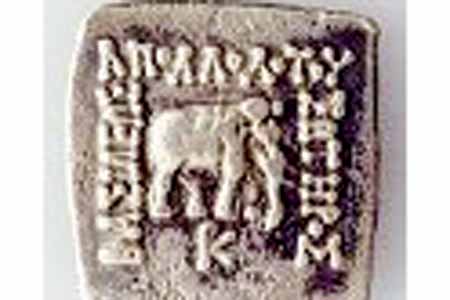
Indo-Greek coin from 2 BC
Elephant on Indo-Greek coin, (2nd Century BC)
RBI Monetary Museum, Fort
The Indo-Greek coin was introduced by Greek governors who lived in the south and north of Hindukush. According to the curator, during this period both bilingual and bi-scripted coins were issued by the Greeks for the understanding of Indian and Greek subjects. The governors portrayed motifs such as the elephant and gods and goddesses of the Hindu pantheon to gain acceptance of the local public.
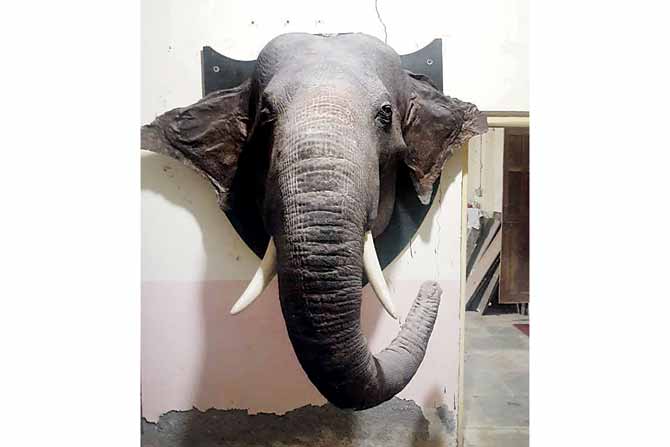
Taxidermy of the elephant's head at Sanjay Gandhi National Park, Borivali
Taxidermy of an elephant's head,
Sanjay Gandhi National Park
It was summer and in the forests of Allapalli, Gadchiroli, the elephant Vimla was trapped in a small river - her legs penetrated deep into the mud. She died shortly. With the help of other elephants, the forest department retrieved the body and as India's only taxidermist, Dr Santosh Gaikwad was called to begin the process. At Nagpur then, his colleagues had warned him of Naxal activity in the area. But this was to be Gaikwad's first time performing the procedure on an elephant.
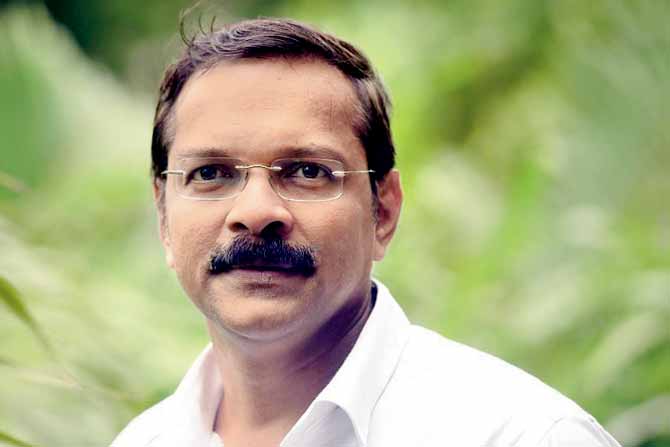
Dr Santosh Gaikwad
So, his response to them was quick. "I love nature and so do the Naxalites." When he arrived, the task seemed challenging with the weight of the skin alone. With some help, he managed to separate the skin, followed by a tanning process where salt and alum was combined. The last step was to clean the skull. Gaikwad, professor of anatomy at Bombay Veterinary College and honorary taxidermist at SGNP, then worked on moulds to prepare the fibre body, where the skin was mounted. He says, "The process took over four months. It was my most challenging project. This is a female elephant but the tusks have been modified with fiberglass, so it looks male."
Catch up on all the latest Mumbai news, crime news, current affairs, and also a complete guide on Mumbai from food to things to do and events across the city here. Also download the new mid-day Android and iOS apps to get latest updates
 Subscribe today by clicking the link and stay updated with the latest news!" Click here!
Subscribe today by clicking the link and stay updated with the latest news!" Click here!







